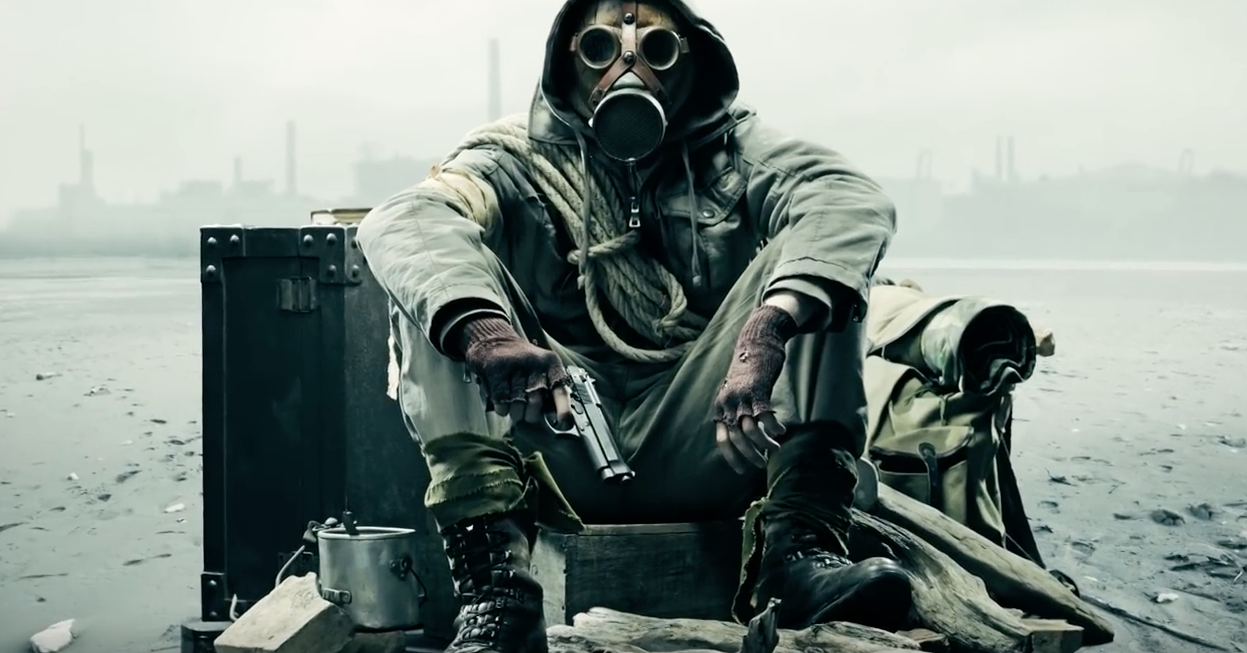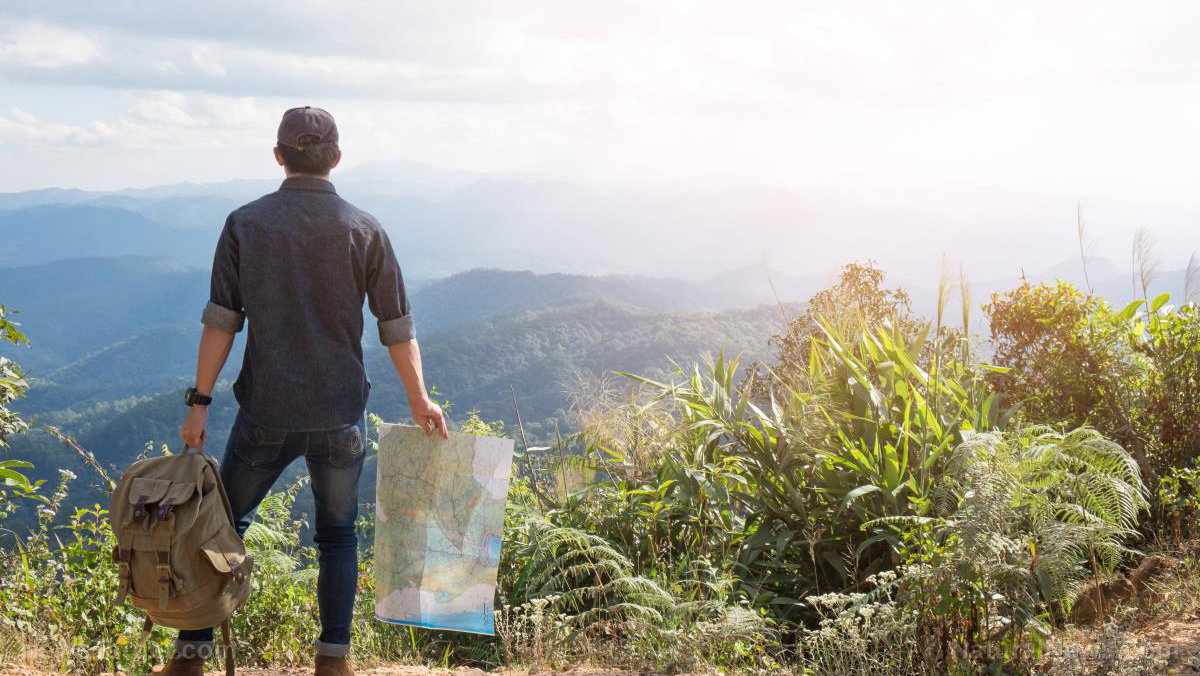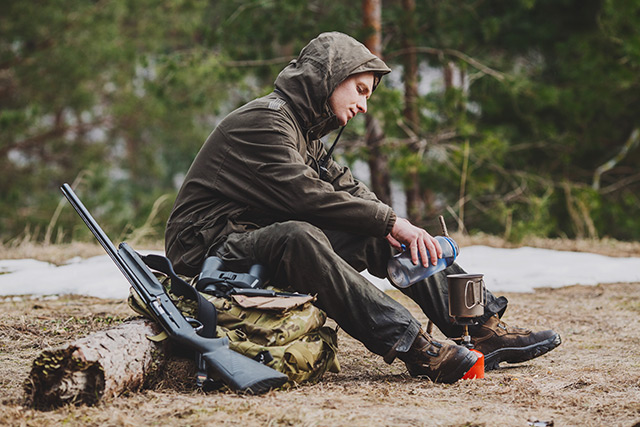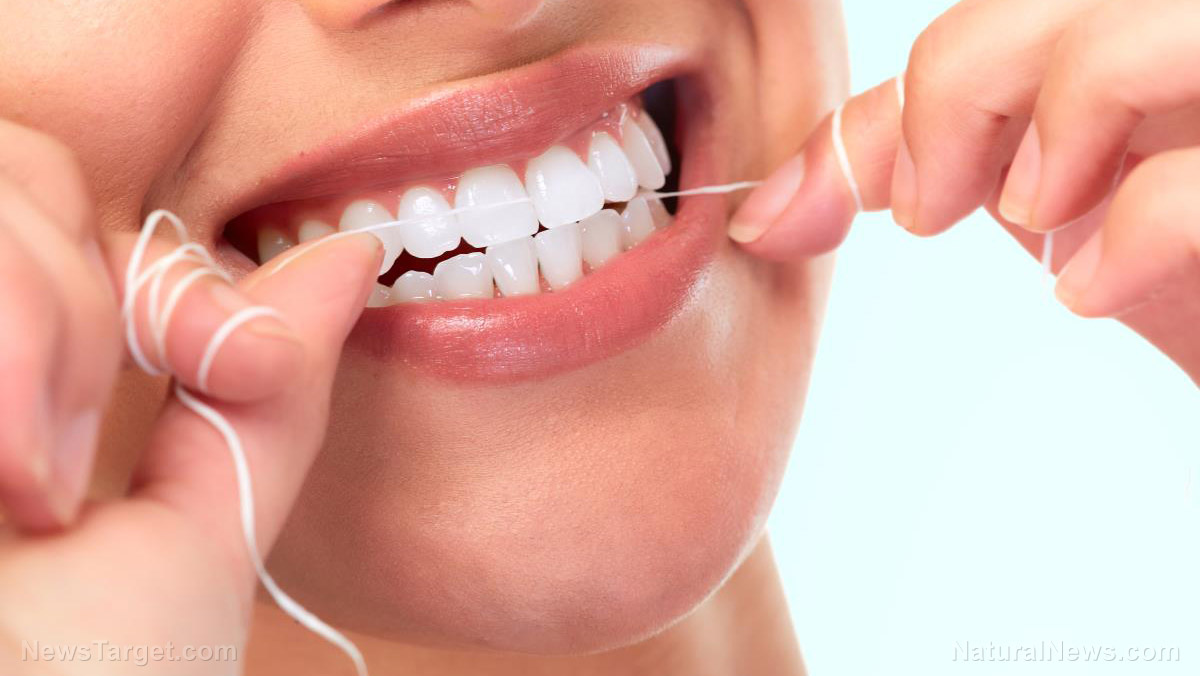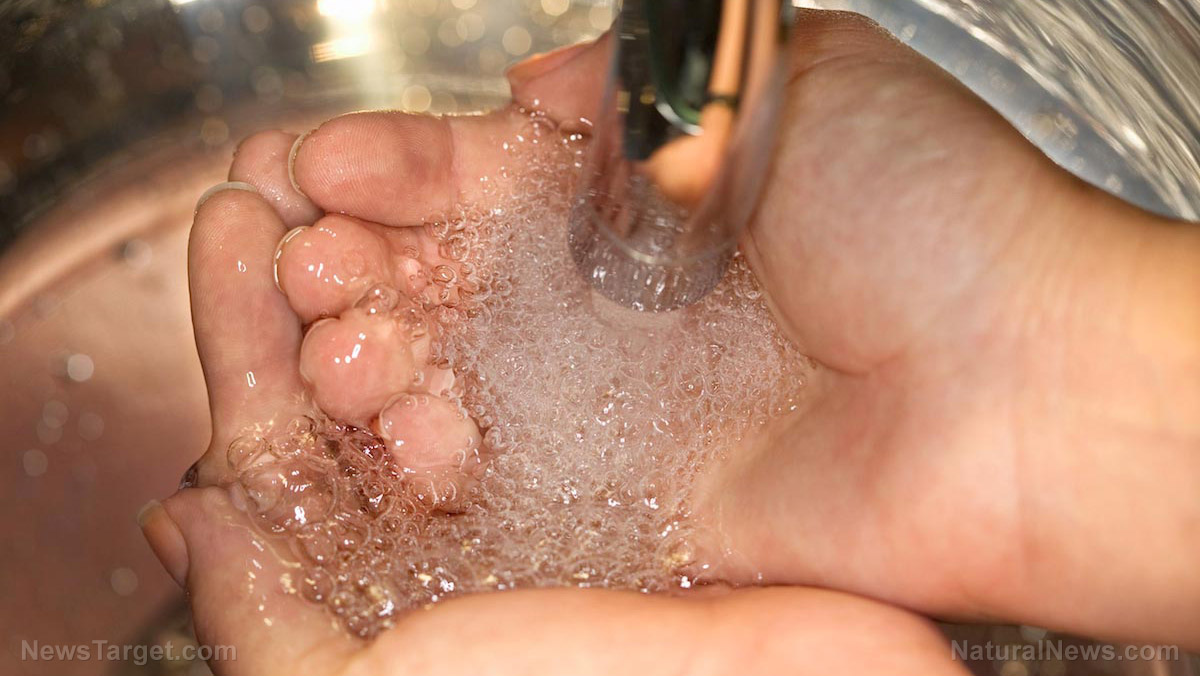How to put together an emergency fishing kit
08/02/2018 / By Frances Bloomfield

It pays to be prepared, and keeping an emergency fishing kit can become handy. Fish are a good source of food that make survival a lot easier. Emergency fishing kits, according to ThePrepperJournal.com, can be of any size and should readily suit your needs. The affordable and easy-to-put-together fishing kit below can help you get started.
Materials:
- Threaded PVC cap – 1 inch
- Threaded PVC adapter – 1 inch
- PVC pipe – 1 inch by 10 inches
- PVC cement
- PVC cleaner
- Scrap wood
- Paracord
- Fishing line – 100 feet
- Drill bit – 1/8 inch
- Drill bit – 1/16 inch
- Small washer
- Hand drill
- Lathe
Instructions:
- Glue the threaded PVC adapter to the pipe — Using the PVC cleaner and PVC cement, glue the one-inch PVC pipe to the one-inch threaded PVC adapter. The areas connecting the two pieces together should be clean to ensure the kit stays together. After attaching the pieces, let them rest for about 30 minutes to cure the cement.
- Attach lanyard to one-inch threaded PVC cap — Drill two evenly spaced holes into the top of the one-inch threaded PVC cap. Thread 20 inches of paracord through the holes then tie a knot.
- Close off the front end of the kit — To minimize any issues when casting the fishing line, create a customized cap to fit on the pipe. Turn the scrap wood on the lathe until its outside diameter is about the same as the outside diameter of the one-inch PVC pipe. Shoulder off a portion and twist the customized cap down until it fits the pipe snugly. Trim off a section until the end becomes rounded. Use five-minute epoxy to affix the turning to the end of the fishing kit.
- Drill holes to fasten hook — After using epoxy, drill six shallow holes into the front plug to create many attaching points for the hook.
- Wrap the handle — Make a solid grip by wrapping paracord around the shaft of your fishing kit.
- Add the fishing line — Drill a small hole about 1/16 of an inch into the PVC pipe. Lace one end of the fishing line through the hole then let it come out from the end of the kit. Tie a small washer on the line’s end with a stronger knot to prevent the fishing line from coming out. Pull the fishing line steer to gather the washer’s end into the kit then wrap the line around the PVC pipe. The fishing line needs to be strong and of high quality; cold water, rocks and underwater obstructions can weaken a line considerably.
- Equipping your kit — With your emergency fishing kit finished, you can now load it up with fishing essentials. The opening in the end of the kit is large enough to store whatever you need. We recommend a decent supply of small fishing hooks, weights, and lures to make catching fish an easier process. Bait fishing supplies are the most ideal for survival, so you’ll need a supply of bait hooks, treble hooks, bait and plastic bobbers.
Sponsored solution from the Health Ranger Store: Lab-verified Nascent Iodine solution is a dietary supplement that provides your body with supplemental iodine to help protect your thyroid during radiation exposure. Nuclear accidents such as Fukushima (or nuclear war) can expose your body to radioactive iodine-131, a dangerous radioisotope. Pre-loading your system with stable iodine occupies the iodine receptor sites on your organs, causing your body to naturally expel radioactive iodine you may have been exposed to through air, food, water or milk products. This defensive strategy is recommended by nearly all health authorities, worldwide, including the Nuclear Regulatory Commission. Discover more at this link.
Having an emergency fishing kit at the ready can help you through any survival situation. It doesn’t need to be expensive or large, but it does need to be customized to fit you and your necessities. You never know when things can go wrong, so it doesn’t hurt to be ready for anything.
You can read more about how to make the most of a situation by visiting Preparedness.news.
Sources include:
Tagged Under: bug out, emergency fishing kit, how-to, preparedness, survival

